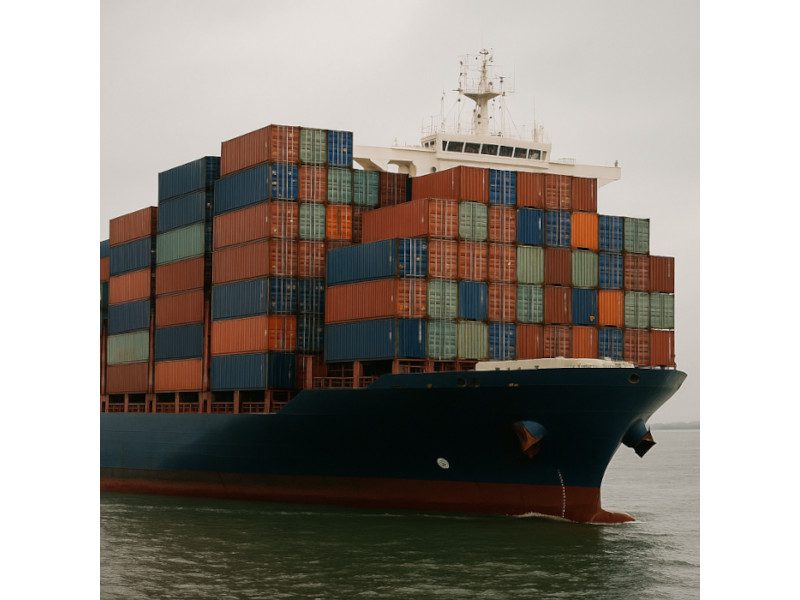Allianz Research has published its mid-year economic outlook for 2025–26 under the evocative title “Summertime Sadness”, warning of persistent economic headwinds as the global economy contends with trade turmoil, diverging monetary policies, and heightened geopolitical uncertainty.
Growth Outlook: Sluggish, Not Recessionary
Global GDP growth is forecast at +2.5% in 2025, the slowest pace outside recession years since 2008. While the US economy is revised upwards to +1.6% thanks to reduced effective tariffs, the Eurozone is expected to grow by just +1.2%, buoyed primarily by smaller economies. Major European countries like Germany and France face limited momentum, with Germany forecast to grow only +0.1% in 2025 despite stimulus plans.
Emerging markets show resilience, especially India (+6.2%) and Vietnam (+6.0%), but performance is varied across regions. China, supported by fiscal and trade measures, is expected to grow +4.5%, while Mexico and South Africa see more modest projections due to trade tensions and fiscal consolidation.
Policy Divergence: Central Banks Chart Diverging Paths
In a stark contrast, central banks are adopting widely differing strategies:
-
The Federal Reserve is expected to hold interest rates at 4.5% until year-end, cutting gradually to 3.5% by Q3 2026, as it battles tariff-driven inflation spikes.
-
The European Central Bank (ECB), facing low growth and inflation, is predicted to cut rates to 1.5% by the end of 2025.
-
The Bank of England is seen continuing cautious easing, targeting 3.75% by end-2025, while Japan’s BoJ will move slowly toward normalisation.
Trade and Geopolitics: The Risk Landscape
The report identifies escalating trade disputes, particularly involving the US, EU, and China, as critical risks. Although a truce with China has lowered the US bilateral tariff rate from 103% to 39%, sectoral tariffs remain steep — including 50% on steel and aluminium. The US global import tariff is still the highest since 1940.
Meanwhile, geopolitical strife, especially in the Middle East, and fiscal expansion in the US (deficit projected to exceed 8% of GDP by 2026) are putting upward pressure on inflation and interest rates.
Corporate & Capital Markets: Resilience with Cracks
Despite macroeconomic uncertainty, capital markets remain resilient, with equity markets recovering strongly post-“Liberation Day.” However, Allianz forecasts limited upside for the remainder of the year and notes continued volatility.
On the corporate front:
-
US firms exhibit stronger profitability and agile inventory management.
-
European companies, meanwhile, are grappling with warehoused inventories, lower investment, and rising insolvencies, particularly in automotive, construction, and pharmaceuticals.
Emerging Markets: Divergence Widens
The report maintains that emerging market growth remains stable, aided by FX appreciation and monetary easing in 32 major economies. However, regional divergence is intensifying:
-
Asia-Pacific faces a slowdown due to fading export frontloading.
-
Latin America remains mixed, with Argentina stabilising and Brazil benefitting from monetary policy easing.
-
Middle East and Africa continue to face external shocks, yet benefit from public-led investment and resource exports.
Never miss a story… Follow us on:
International Trade Magazine
@itm_magazine
@intrademagazine
Media Contact
Editor, International Trade Magazine
Tel: +44 (0) 1622 823 920
Email: editor@intrademagazine.com







